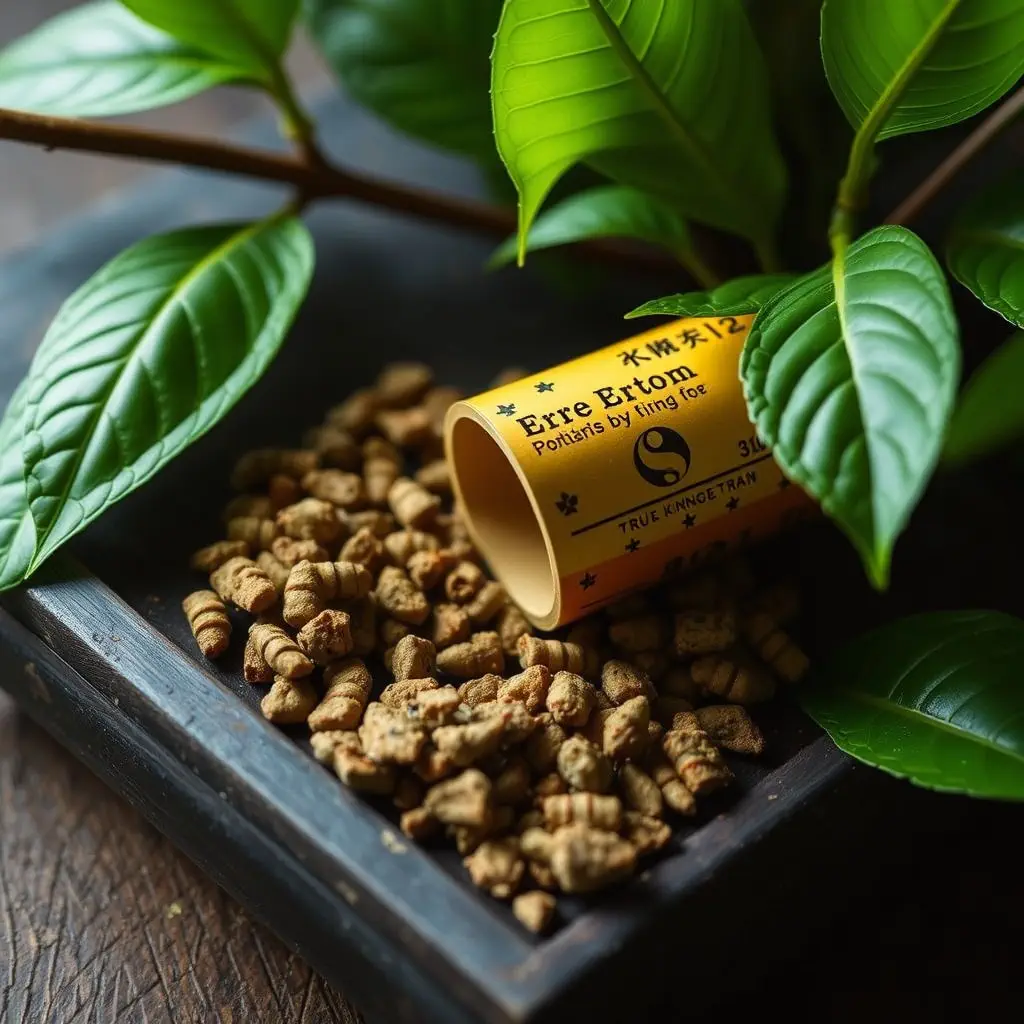Inflammation, while vital for healing, can become harmful when chronic. Balancing inflammation is key to bodily health, much like tending a garden. The Lotus Blue Flower (Kratom) has traditionally been used in Southeast Asia due to its potent anti-inflammatory properties, which are attributed to alkaloids like mitragynine and 7-hydroxymitragynine. These compounds interact with opioid receptors, reducing pain perception and blocking inflammatory signals. As interest grows within the natural health community, ongoing research explores Kratom's potential as an alternative inflammation management tool, but safety considerations remain crucial during evolving scientific understanding.
“Unraveling the mysteries of inflammation and its impact on our bodies, this article delves into a natural solution—Kratom, specifically the soothing properties of Lotus Blue Flower. We explore how this herbal remedy has gained attention for its potential anti-inflammatory benefits. By examining scientific insights, we’ll guide you through the process of understanding kratom’s role in reducing inflammation, along with essential safety considerations. Uncover the power of nature’s gift in managing chronic conditions.”
- Understanding Inflammation: The Body's Response and Its Impact
- Lotus Blue Flower (Kratom): An Herbal Approach to Soothing Inflammation
- Exploring Kratom's Anti-Inflammatory Benefits and Safety Considerations
Understanding Inflammation: The Body's Response and Its Impact
Inflammation is a natural response from the body to protect itself against potential harm, such as injuries, infections, or irritants. It’s a complex process involving various cells, proteins, and chemicals that work together to heal and repair damaged tissues. However, when inflammation becomes chronic or prolonged, it can lead to significant health issues. Chronic inflammation is associated with conditions like arthritis, heart disease, diabetes, and even certain cancers.
Imagine the body as a delicate garden, where inflammation is like a strong wind blowing away the weeds (harmful elements). While this wind helps keep the garden healthy in the short term, constant exposure to it can damage the plants and soil (tissue and cells) over time. Similarly, persistent inflammation can disrupt the balance of our bodily functions, leading to discomfort and various health complications. The lotus blue flower metaphorically represents the delicate balance that kratom aims to support, promoting a soothing effect on both body and mind.
Lotus Blue Flower (Kratom): An Herbal Approach to Soothing Inflammation
The Lotus Blue Flower, commonly known as Kratom, is a natural herb gaining recognition for its potential anti-inflammatory properties. This herbal extract, scientifically known as Mitragyna speciosa, has been used traditionally for centuries in Southeast Asia for various medicinal purposes. Its unique chemical composition offers a soothing effect on the body’s inflammatory responses, making it an appealing option for those seeking alternative treatments.
Kratom’s ability to reduce inflammation is attributed to its active compounds, including mitragynine and 7-hydroxymitragynine. These substances interact with the body’s opioid receptors, modulating pain perception and potentially blocking pro-inflammatory signals. This natural approach to inflammation management has sparked interest in the medical community, leading to ongoing research into Kratom’s therapeutic benefits.
Exploring Kratom's Anti-Inflammatory Benefits and Safety Considerations
Kratom, derived from the plant Mitragyna speciosa, has been a subject of interest in the natural health community for its potential therapeutic properties. Among its many benefits, kratom shows promise as an anti-inflammatory agent. The plant contains various compounds known as alkaloids, including mitragynine and 7-hydroxymitragynine, which have been studied for their ability to reduce inflammation. These alkaloids interact with opioid receptors in the body, modulating pain perception and potentially inhibiting pro-inflammatory pathways.
Safety considerations are crucial when exploring kratom’s anti-inflammatory benefits. While it is generally well-tolerated, kratom use should be approached with caution, especially for individuals with pre-existing conditions or those taking other medications. The ‘lotus blue flower’ effect of kratom, referring to its ability to induce relaxation and pain relief, has been anecdotally reported by users. However, scientific research on its safety and efficacy is still evolving, highlighting the need for further studies to fully understand its potential as a natural anti-inflammatory treatment.
The Lotus Blue Flower, or kratom, offers a natural path to reducing inflammation within the body. Its powerful anti-inflammatory properties, derived from its unique chemical composition, have shown promise in managing various inflammatory conditions. While further research is needed to fully understand its safety and efficacy, this herbal remedy presents a potential game-changer for those seeking alternative treatments. Incorporating lotus blue flower into wellness routines could be a step towards soothing inflammation and enhancing overall well-being.






